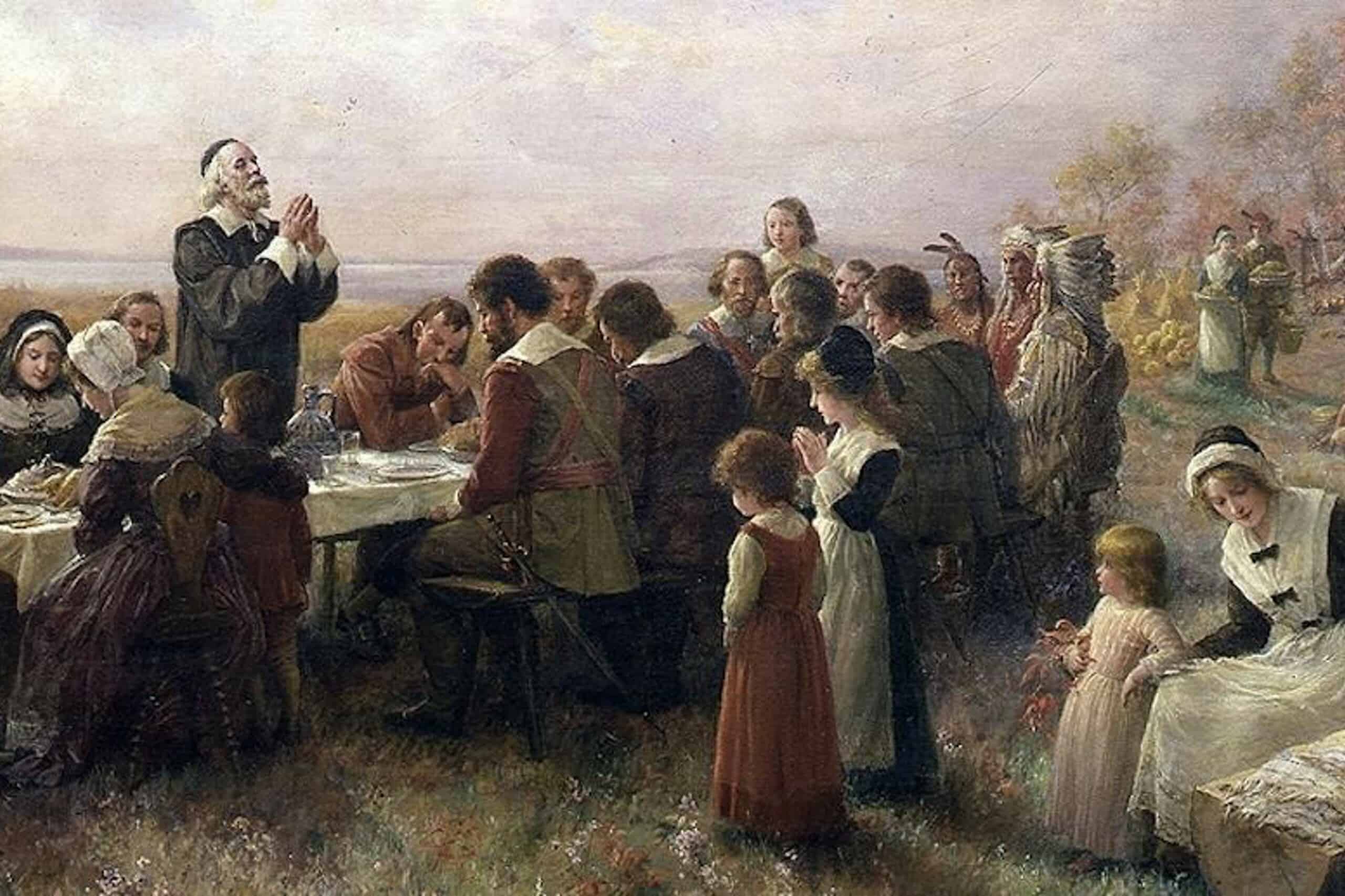Puritanism
Puritanism is a radical version of Protestantism, which is rooted in the movement called the Reformation (16th century).
American Puritanism and English Puritanism are fairly different. American Puritanism became the ultimate, most coherent of Protestantism because it grew in virgin soil. It is an experiment in America with European roots.
The most famous characters are Luther and Calvin, who both had a great influence first in Europe and then in America.
The most radical movement was led by the Separatists. For them, the Church was hopelessly corrupted. Only the elect, “God’s invisible saints”, could be Church members. They believed in personal religious rebirth and the regenerating experience.
This Puritan version is prompted by the notion of sin: people are sinful, especially women. It is the basic corrupt notion of human nature. For Puritanism, it is impossible to reach perfection: “In Adam’s fault we sinned all”.
Puritanism is not only a matter of theology but also a matter of social organization: God also rules the collective life of the people. Man is linked up to God with a covenant. By respecting this covenant, man could get rid of his depravity (covenant of Grace).
These notions were Puritan before America. Puritans were looking for a place to experiment with this system.
In 1620, the Pilgrim Fathers landed in America: they were separatists and belonged to a cult (kind of sect). What they did was sign a covenant: the “Mayflower Compact”, which is not only religious but also civic and political.
Between 1630 and 1640, 20,000 English Puritans settled down in the Massachusetts colony. Many people were university-trained, especially in theology. The power of the Church was so profound that some people talked about “Theocracy” (Government of God).
The Puritans moved to America because they were persecuted in Europe. Theocracy was so strict that there was a growing discontent in the colonies: settlers started to criticize and question the system.
Roger Williams was for the separation of the State and the Church. In 1635, Williams was banned. He created his colony called “Providence”, which became the heaven of religious tolerance (later known as Rhode Island).
Anne Hutchinson arrived in America in 1634. She organized private meetings, commented on sermons, and stressed the importance of “inner light” (private experience of Grace towards genuine regeneration) stating that the Church was too formal. She had followers called Antinomians (against the laws).
In 1638, she was trialed and she had to find refuge in Providence.
How long did Puritanism last in America?
Until the late 16th century Puritanism went on and on in American mentality. It had many factors for its decay, the most important were:
- the religious competition
- people’s belief in freedom and tolerance
- 1692 knew a witch hysteria in Salem. Thousands of witches were burnt in Europe in the Middle Ages in Germany and England (some in France). The immigrants who came to America brought with them this fear of witchcraft. In 1692, some 20 people were sentenced to death for witchcraft.
All these reasons embodied and materialized the decay of Puritanism. It can be interpreted as a desperate effort to resist change (die-hard Puritanism) and to block the emergence of a more open and tolerant society.
This is the first failure in the American system.
The link between Puritanism and Expansionism
Puritan settlements were located on the East Coast and all the rest of the territory was part of the “terra incognita”.
This was a dilemma for the Puritans: the big question of that time could be resumed by ‘Should I stay or should I go?”, showing the hesitation of the settlers to expand. Indeed, the wilderness was devilish and dangerous. It was a no-man’s land inhabited by nothing but Indians and animals.
But the Puritans had a mission: converting the Indians and trespassing their border. This turnover was made possible thanks to William Bradford and the propagation of the Gospel. The Puritans believed they were entitled to settle this land.
Civilization had a religious definition: “the Lord’s Gardens”. Bringing civilization to the wilderness was like converting the Indians and settling God’s Gardens in the Wilderness.
The main goal was to enlarge the Kingdom of Christ. Hence, expansion had a religious basis and 3 levels:
- hesitation
- the temptation to go beyond the settlement
- the desire to form a civilization
But most Puritans refrained from this idea because they were frightened. American civilization is based on FEAR.
Synopsis » From the Puritan settlements to the American Civil War (1787-1877)
- Antebellum South
- Introduction to Puritanism and Expansionism
- Life in the Plantations
- USA: North and South
- O’Sullivan’s Manifest Destiny
- The social context of America in the early 19th century
- The American Civil War: 1861-1865
- America: The New Nation
- After the American Civil War: The Reconstruction
- America: West to the Pacific
- Years of Growth

